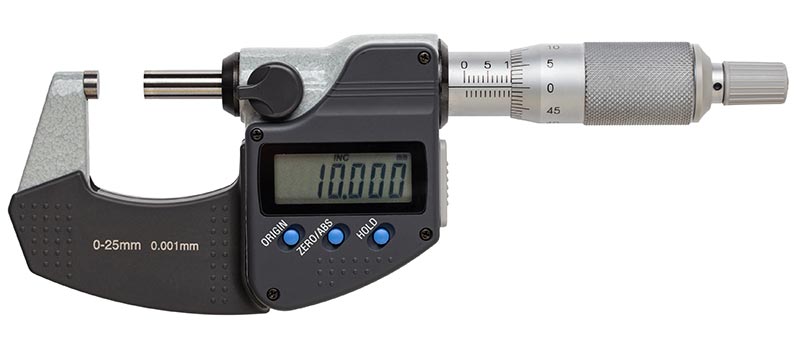EMBRACE
DIVERSITY
For technology to be truly agnostic it has to work across a myriad of different buildings and be able to adapt to the varying needs and constantly increasing outcomes demanded of them. Each sector has it’s own challenges, but we are here to meet them head-on. We have the answer, we just need your question?
Business. Personified.
Commercial Real Estate
Commercial building owners have the most difficult challenge in bridging the gap on their existing estates to deliver modern occupancy standards.
They also need to ensure that their new buildings have the right embedded level of technology to support change and flexibility of occupation style over time.
In fact they are trying to create financial security for their buildings present and future, managing the growing cost of maintaining and supporting the estate and delivering shareholder value. Whilst not forgetting that the buildings need to deliver an environment that is supportive of the highest levels of productivity in the occupants.

Flexible. Controllable.
Residential Living Spaces
The way residents use their living spaces has changed out of all recognition. Gone are the days of heating all day every day in the winter and opening windows in the summer. In modern apartment complexes the control of the heating and ventilation is a science of it’s own.
Multiple occupants, all with their own requirements for heating and cooling and varying levels of occupancy creates a need for flexible solutions that not only meet the needs of the occupants, but also create cost saving opportunities for the building owners and simple management for both owners and FM alike.

Accountability. Value.
Public Sector
With squeezed budgets and resources across the public sector, the temptation to put energy efficiency on the back burner is understandable. However, this is a short-sighted and risky decision that could result in even less money to spend on public services.
With many old and legacy systems in place many public sector bodies may think integrating a new and flexible control architecture is out of the question, but we know that isn’t the case and our solutions are just what every public sector building has been waiting for.

Productivity. Quality.
Manufacturing
The manufacturing sector accounts for 33% of all the energy consumed in the United States alone, and that’s excluding transportation. Energy managers are constantly testing innovative technologies, new business processes, and enlightened energy management strategies.
The future of energy management in manufacturing will rely new technologies and more flexible systems. With IoT becoming mainstream in many of the processes, it only makes sense to align the energy control to these processes, to achieve the right outcomes.



